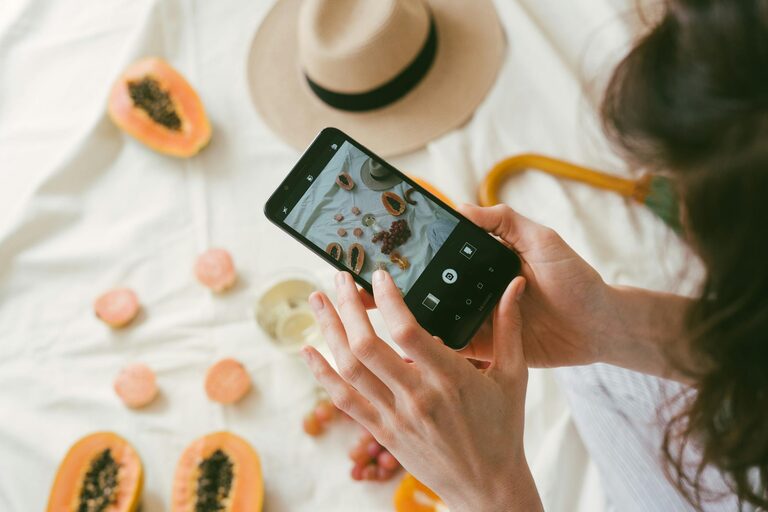
Taking great photos with your phone is easier than you might think. With today’s smartphones offering powerful cameras, anyone can capture beautiful moments anytime, anywhere. Whether you’re just starting out or want to improve your photo skills, these beginner tips will help you take better phone photos.
Understand Your Phone Camera Basics
Before snapping your next shot, spend some time getting familiar with your phone’s camera features. Most smartphones have multiple lenses, various modes, and settings designed to enhance your photos.
Explore Camera Modes
Common modes include:
– Portrait: Blurs the background for a professional-looking photo.
– Panorama: Captures wide landscapes by stitching images together.
– Night Mode: Improves low-light photography.
– Pro/Manual Mode: Lets you adjust ISO, shutter speed, and focus (available on some phones).
Try each mode to see how they affect your images and which fit your style.
Clean Your Lens
It might sound obvious, but a clean lens makes a big difference. Phone lenses easily get smudged from fingerprints or dirt, causing blurry or hazy photos. Use a soft cloth to gently wipe the lens regularly.
Focus on Composition
Good composition turns ordinary snaps into eye-catching images. Here are some fundamental tips.
Use the Rule of Thirds
Imagine dividing your frame into a grid of nine equal sections with two horizontal and two vertical lines. Place your subject along these lines or their intersections for balanced and interesting photos. Most phone cameras let you enable a grid overlay in settings.
Keep It Simple
Avoid cluttered backgrounds that distract from your subject. Find clean, simple backgrounds or move closer to isolate your subject.
Mind the Lighting
Lighting is key to great photos. Natural light works best – shoot near windows, outdoors, or during the golden hour (shortly after sunrise or before sunset) when the light is soft and warm.
Avoid harsh midday sun as it creates strong shadows. If indoors, try to use natural light or position your subject near a light source.
Hold Your Phone Steady
Blurry photos often come from shaky hands. Here are some tips to keep your shots crisp.
– Hold your phone with both hands.
– Tuck your elbows in close to your body for stability.
– Lean against a wall or stable surface if possible.
– Use your phone’s timer or a remote shutter to avoid touching the screen at the moment of capture.
Experiment With Angles and Perspectives
Instead of always shooting at eye level, try changing your viewpoint.
– Get down low to shoot upward for a dramatic effect.
– Shoot from above for flat lays or interesting patterns.
– Move around your subject to find the best light and background.
Changing angles adds creativity and interest to your photos.
Use Editing Apps to Enhance Photos
Editing can transform good photos into great ones. Many free and user-friendly apps are available for your phone.
Basic Adjustments
– Crop and straighten: Improve framing and alignment.
– Adjust brightness and contrast: Make the photo pop.
– Enhance colors: Slightly boost saturation for vibrancy.
– Sharpen: Add clarity to details.
Avoid Overediting
Keep editing natural. Overdone filters or excessive adjustments can make photos look unrealistic.
Practice Regularly
Like any skill, photography improves with practice. Challenge yourself to take photos every day, experiment with different subjects, lighting, and settings. Review your shots to see what worked and what could be better next time.
Bonus Tips
– Use your phone’s gridlines to keep horizons straight.
– Turn on HDR mode in challenging lighting to capture details in shadows and highlights.
– Try burst mode for capturing fast-moving subjects.
– Avoid digital zoom; instead, move closer for clearer images.
– Backup and organize your photos regularly.
—
Taking better phone photos is all about knowing your camera, paying attention to composition and light, and practicing often. With these beginner tips, you’ll soon notice your photo skills improving, helping you capture memories that truly stand out. Happy shooting!




